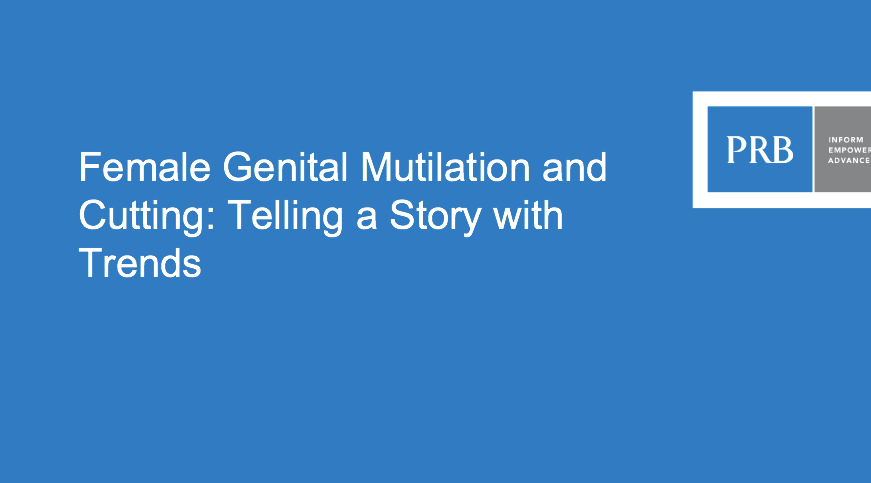Older Zambian Women’s Reproductive Health Often Overlooked
(2013) In Zambia, girls often start childbearing before they are 18 years old, and many women end childbearing after the age of 35 (see Figure 1).1 This long period of childbearing contributes to Zambia's high total fertility rate, or average number of children per woman, which at 6.2 is one of the highest in sub-Saharan Africa.




